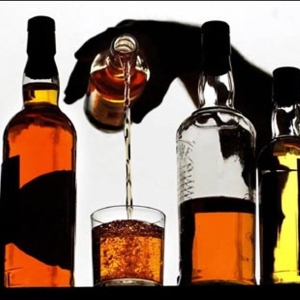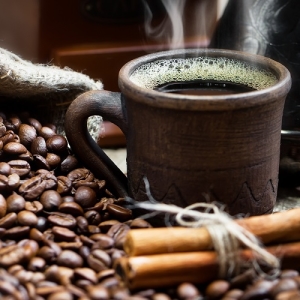There are several signs that distinguish a real brandy from the fake: manufacturer country, price, exposure time, appearance and a number of others. This material will help you make a sure choice when buying and distinguishing high-quality drink from falsification.
Price and place of purchase:- It is best to acquire brandy in stores specializing in the sale of alcoholic beverages. Pay attention to the presence of an excise stamp. Recently, a large number of online stores appeared offering buying "Cognac from Duty-Free". Most likely, under the guise of a real alcoholic beverage, you will be offered a falsification made in Poland.
- Good cognac can not cost cheaply. Low price should alert you. Typically, the price of brandy fluctuates depending on exposure: the cheapest drinks - categories VS, the most expensive - ho and Napoleon. Particularly rare specimens can cost several thousand dollars.
- True gourmet will surely say that the real brandy is produced only in France, in the province of Cognac. However, in 1900, the drink, produced in Russia on the winery of the shustov, received the right to refer to Cognac. If the taste is important for you and not a brand principal, then pay attention to Armenian cognacs.
- Most often fake Most Popular Brand Cognac: Hennessy (Hennessy), Rémy Martin (Remy Martin), Camus (Camus). When choosing a beverage less than a well-known manufacturer, the chances of buying a quality product increase.

- Beverage name, manufacturer.
- Bottle volume.
- The date of bottling.
- Excerpt information (number of stars or one of categories: VS - Two-year cognac, VSOP - four-year cognac, XO - six-year cognac, Napoleon - from six years and above). If the brandy is a blend (a mixture of several cognacs of different exposure time), then the age of the youngest alcohols is indicated on the bottle.
- Fortress in degrees.
- Storage conditions.
- Some manufacturers indicate grapes and the type of barrels in which an excerpt was made (American oak, ash), but this information is not obligatory and serves as an additional reference point when choosing a drink.
- The colors of brandy can vary from light amber to dark brown, close to the shade of tea welding. In this case, the drink should remain transparent. This is checked as follows: Put a fingerprint on one side of the bottle or a glass and look at the light. It should be viewed through the liquid.
- There should be no extraneous impurities and sediment in the drink.
- A distinctive feature of a weathered beverage is a density. If you flip the bottle, then the drink should flush along the walls slowly, forming a drop. If this did not happen, then in front of you - a young brandy whose filling has occurred before the deadline.
- Neither in taste, nor in aroma should not be felt obvious alcohol notes.
- Quality brandy has the aftertaste, revealed by fruit notes.
- In the beverage bouquet, as a rule, there is a oak subton.

If you find it difficult to make a choice, take advantage of the consultant. If you give brandy as a gift, ask in advance what brand he prefers.

































